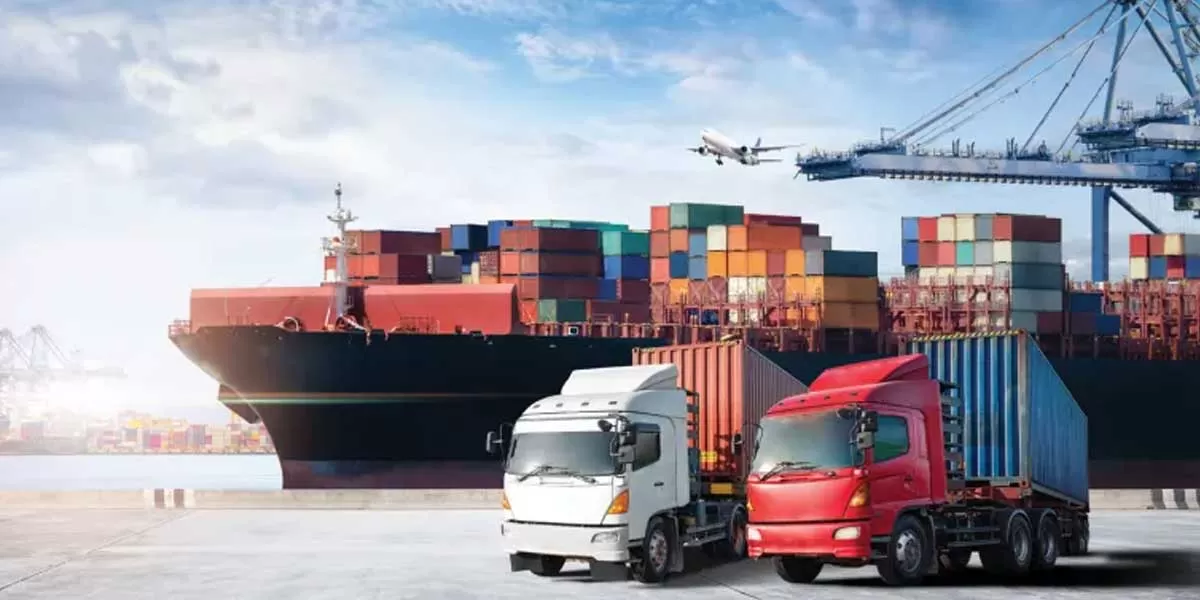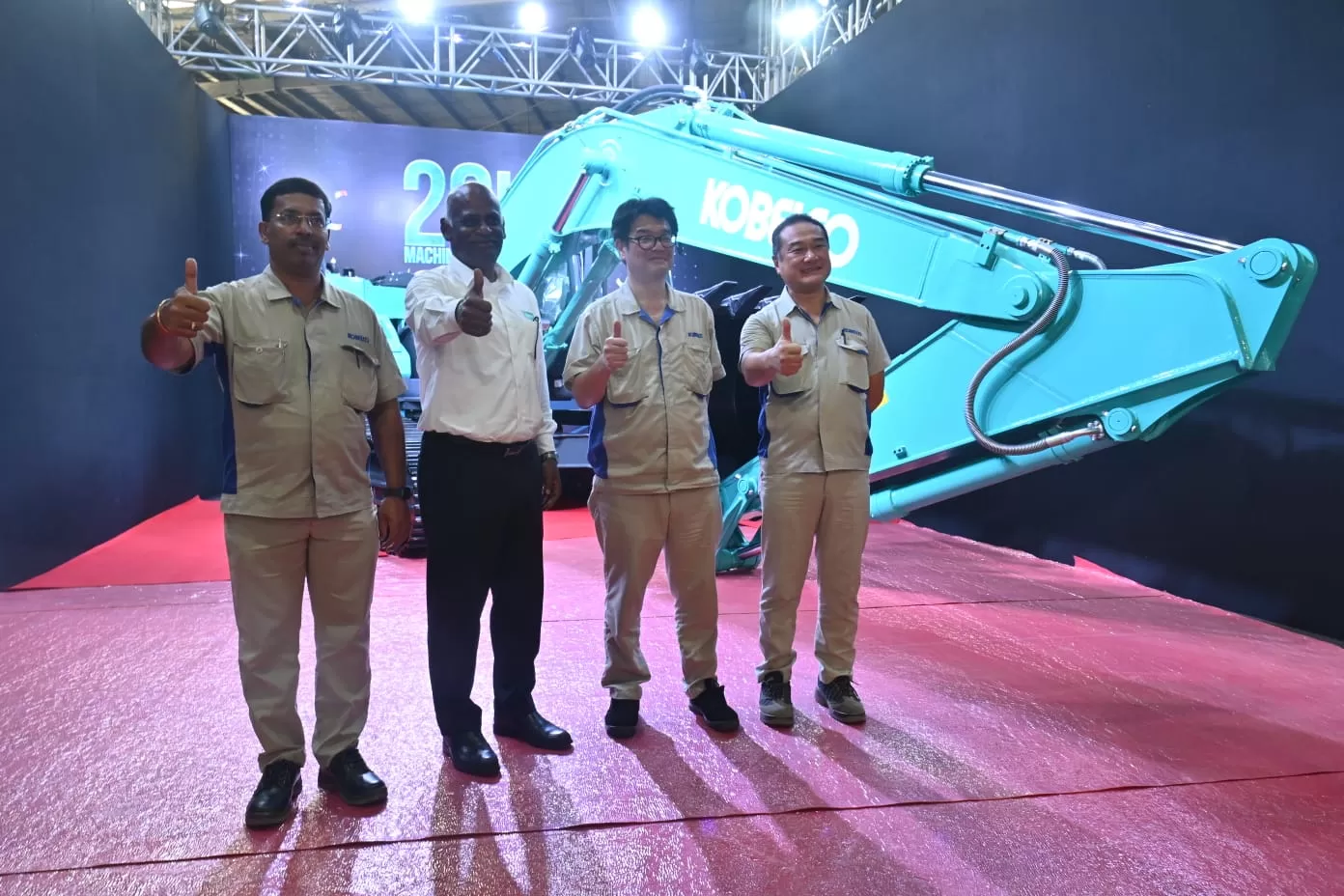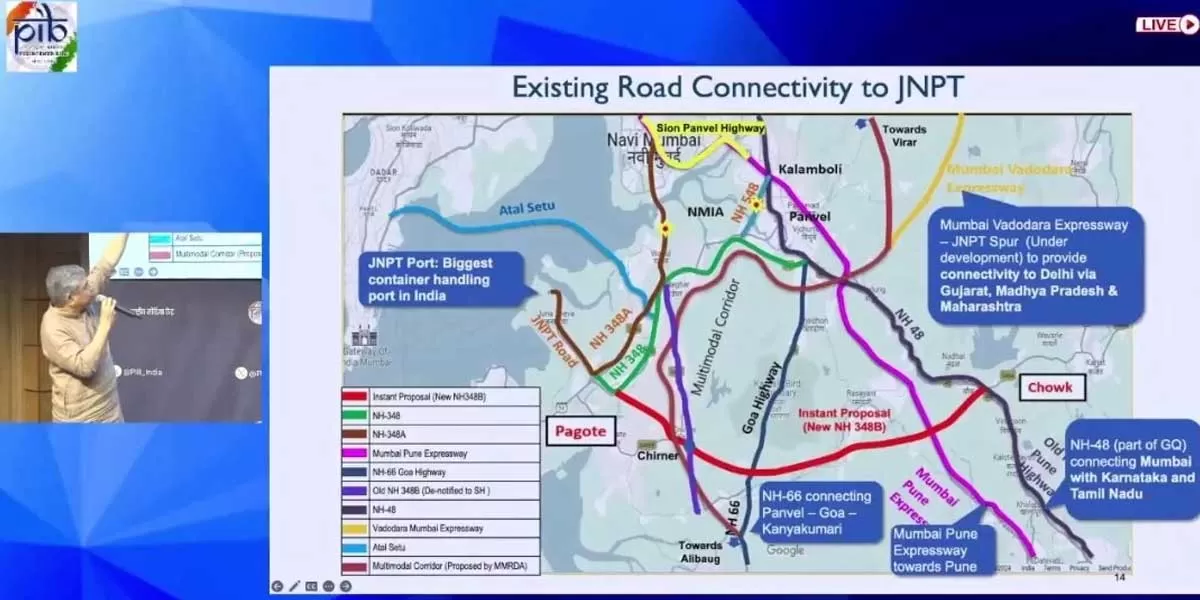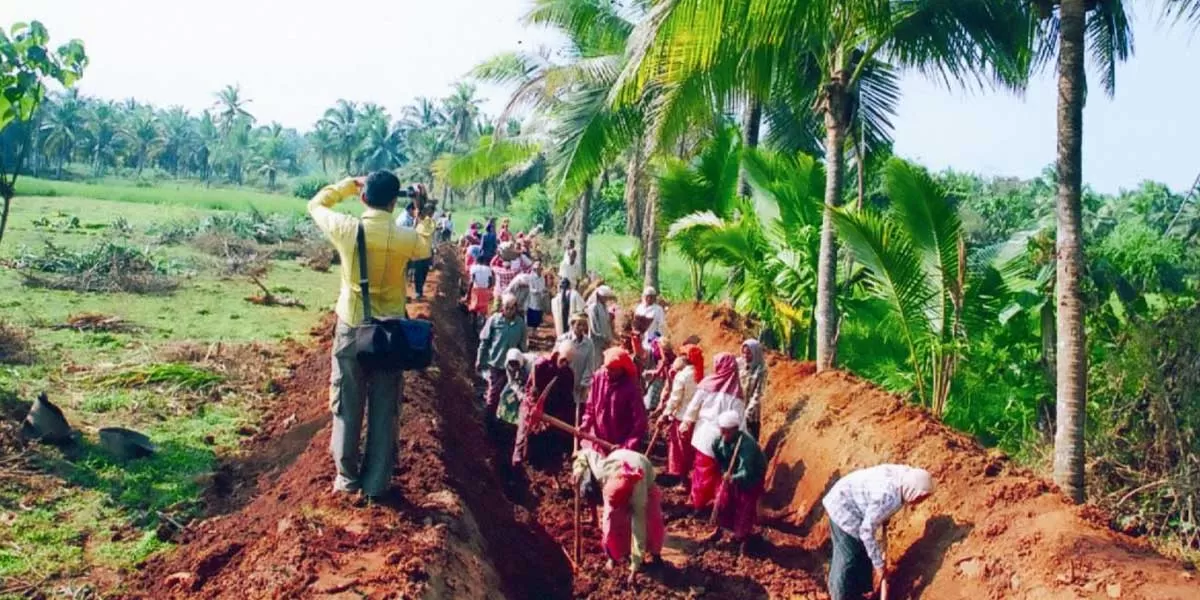India's logistics sector is advancing rapidly, propelled by increasing investments, digital transformation, and robust policy initiatives. As one of primary the cornerstones of India’s economic development, this sector’s unparalleled growth potential reflects in a surge in private equity investments, and a significant increase in warehouse absorption rates. There is a significant push from the government for this sector's growth, which is evidenced by various policies and initiatives announced in the last couple of years.
“The warehousing & logistics sector contributes ~13-14 per cent to India’s GDP and is expanding to keep pace with the country's rapid economic growth, says Ankita Sahu, Sr. Manager - Industrial & Logistics I Data Centres, ANAROCK Capital. “In H1 2024, the sector captured 66 per cent of the private equity investments across all asset classes, led by Abu Dhabi Investment Authority (ADIA) & KKR for Reliance Logistics & Warehouse Holdings’ warehousing portfolio across multiple locations for $1.54 billion.”
The demand from third-party logistics (3P) players, e-commerce, retail businesses, and manufacturing companies continues to drive logistics space demand. Absorption in the Industrial & logistics space witnessed an almost 25 per cent year-on-year growth in 2024.
“Challenges like an unfavourable intermodal mix, supply chain inefficiencies, and rising costs, continue to hinder faster progress,” says Ankita Sahu. “Government initiatives like PM Gati Shakti and the National Logistics Policy will help significantly in overcoming these challenges. In the recent Union Budget 2025, the infrastructure sector remained a top priority, with further support to public-private partnerships and the private sector in project planning, by making data and maps from the PM Gati Shakti portal accessible to them. The Budget also outlined upgradation of infrastructure and warehousing for air cargo handling.”
Chennai, Mumbai, Pune, and NCR will continue to be the key logistics hubs in 2025, with logistics park developers actively exploring opportunities for land acquisition to develop warehouses and fulfilment centres in these key markets. Many multi-modal logistics park projects are currently being planned and developed under public-private partnerships. This will eventually help reduce transportation costs.
6 key trends in this sector to watch out for in 2025:
Adoption of Digital Simulation / Digital Twins: With the industry's focus on technological advancements, 2025 will see the beginning of adoption of 'digital twins' - a warehouse's virtual model that simulates, in real-time, its physical processes and systems. This will help the logistics industry optimise warehouse operations and inventory and supply chain management, to potentially pre-empt inefficiencies and improve operations.
Last Mile & Quick Commerce Growth: Quick commerce (or Q-commerce) platforms are revolutionising the urban logistics ecosystem and are projected to grow exponentially in the next 2-3 years. This has significantly boosted demand for in-city distribution centres to aid faster deliveries and improve inventory management, and to save transportation costs. Highly competition-driven, Q-commerce will see rapid forward strides in automated warehousing in 2025, as well as AI-driven personalization, and expansion into non-grocery categories. The focus will be ever-faster delivery innovations as firms look for increasingly efficient services to meet evolving consumer demands. This will exert considerable pressure to evolve on the Indian warehousing & logistics sector.
Rapid Cold Chain Infrastructure Deployment: With growing organised retail chains, the rapid rise of quick service restaurants (QSRs), overall increased food consumption, last-mile deliveries, the farm-to-fork supply chain concept, and pharmaceutical advancements, India's need for cold storage logistics will see rapid growth in 2025. There is now considerable focus on developing cold storage facilities to match international standards and 2025 will see many such facilities being deployed across tier 1, 2 and 3 cities.
“Cold chain players such as Snowman, ColdStar, Coldman, ColdRush, and Gubba Cold Storage, to name a few, have been working on developing Grade A cold storage infrastructure across NCR, Mumbai, Bengaluru, Hyderabad, Chennai, and also covering tier 2 cities like Ahmedabad, Lucknow, Coimbatore, Patna, among others,” says Sahu. “In the future, technology integration with existing infrastructure will play a significant role in cold chain logistics.”
Technology (IoT, Robotics & Blockchain) to Improve Logistics Operations: The logistics sector is integrating technology at an unprecedented pace. In 2025, the increasing use of Internet of Things (IoT) will hugely enhance logistics efficiency by enabling real-time tracking of shipments, and monitoring and controlling perishable shipments. The adoption of robotics in inventory management and intense use of blockchain in warehouse management will add new layers of security, efficiency, and accuracy in the current year and beyond.
Focused Sustainability Initiatives: The Indian logistics industry is traditionally conservative but is now embracing changes on all fronts. Notably, it is beginning to adopt sustainability practices to reduce carbon emissions, optimise packaging solutions, and reduce wastage. The use of renewable energy to power fulfilment centres and warehouses, electric vehicle fleets for last-mile deliveries, the establishment of a circular economy in logistics operations, and large warehousing facilities are some of the significant sustainability initiatives to be watched in 2025.
The last two to three years have seen a sharper focus on training relevant workforces on supply chain & inventory management and adaptability towards technology use. We can expect public-private partnerships towards this end of skill development across various towns and cities in 2025 and beyond. Skilling continues to be a key focus area for the government, as reflected in the recent Union Budget with announcements of establishing five National Centres of Excellence for Skilling, which will impart specialised industry-ready skills instead of generic theory.
Also, while the warehousing & logistics industry has historically been a male-dominated industry, we are now seeing concerted efforts to make the industry workforce more diverse and inclusive. This is already evidenced by a healthier diversity ratio across various roles in the entire supply chain - a trend which will gain more ground in 2025. With strong policy support, rising investments, and technological advancements, India’s logistics industry will experience a major transformative shift in 2025. Companies investing in tech-enabled solutions, sustainability, and workforce development will gain a competitive edge in this rapidly evolving sector.


















